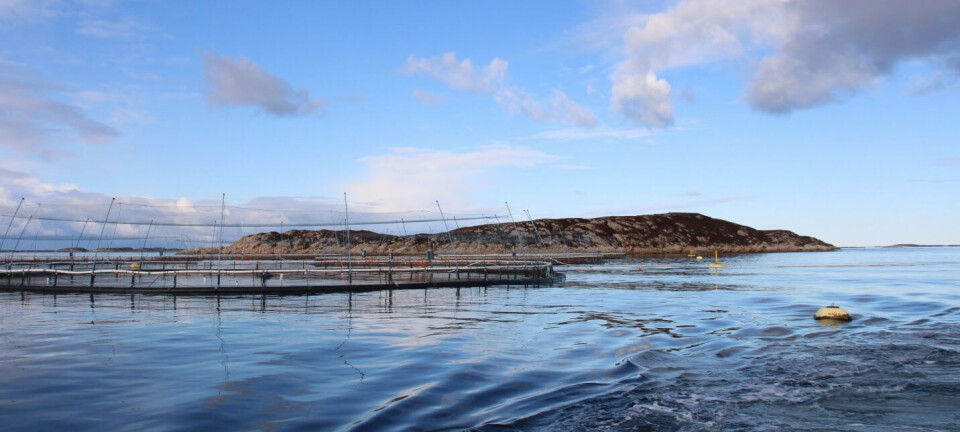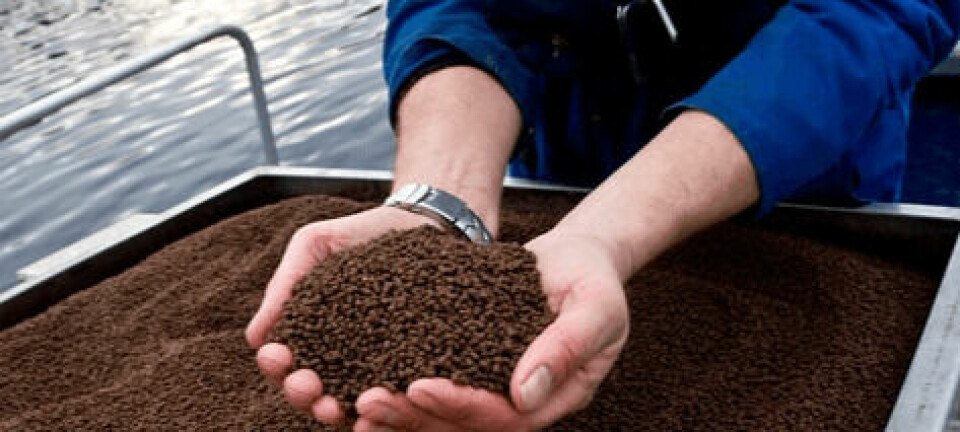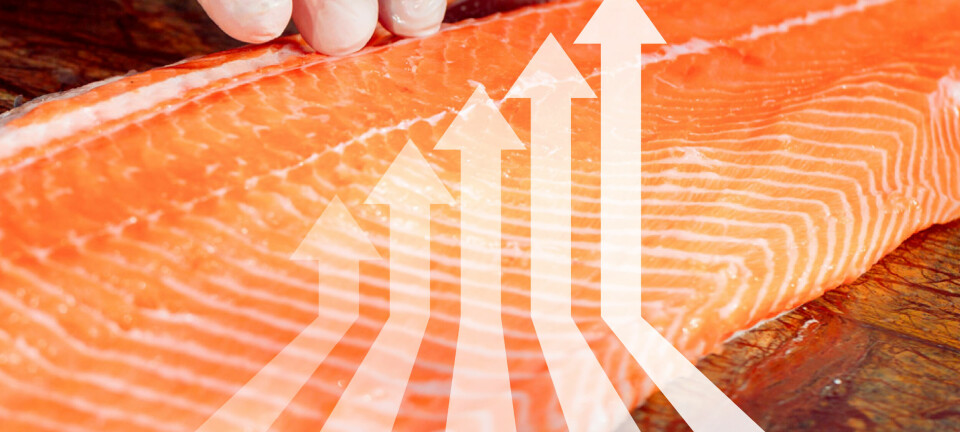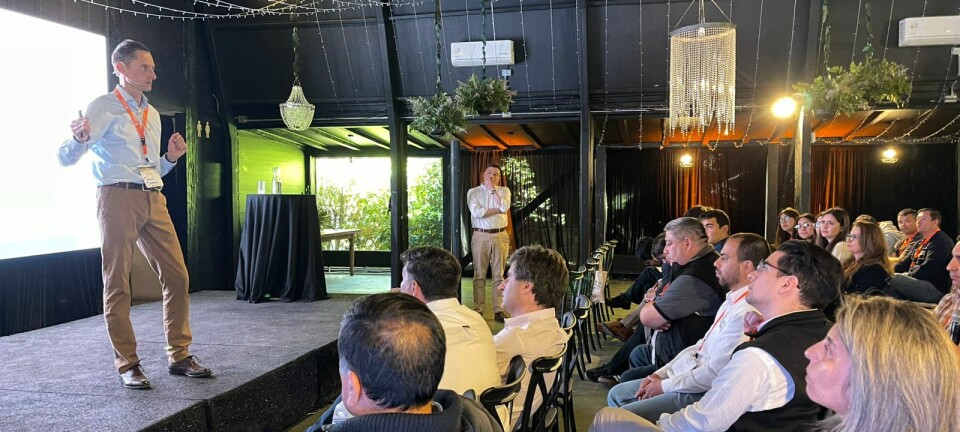PhD: Are aquaculture-related infections involved in the decline of wild salmon stocks?
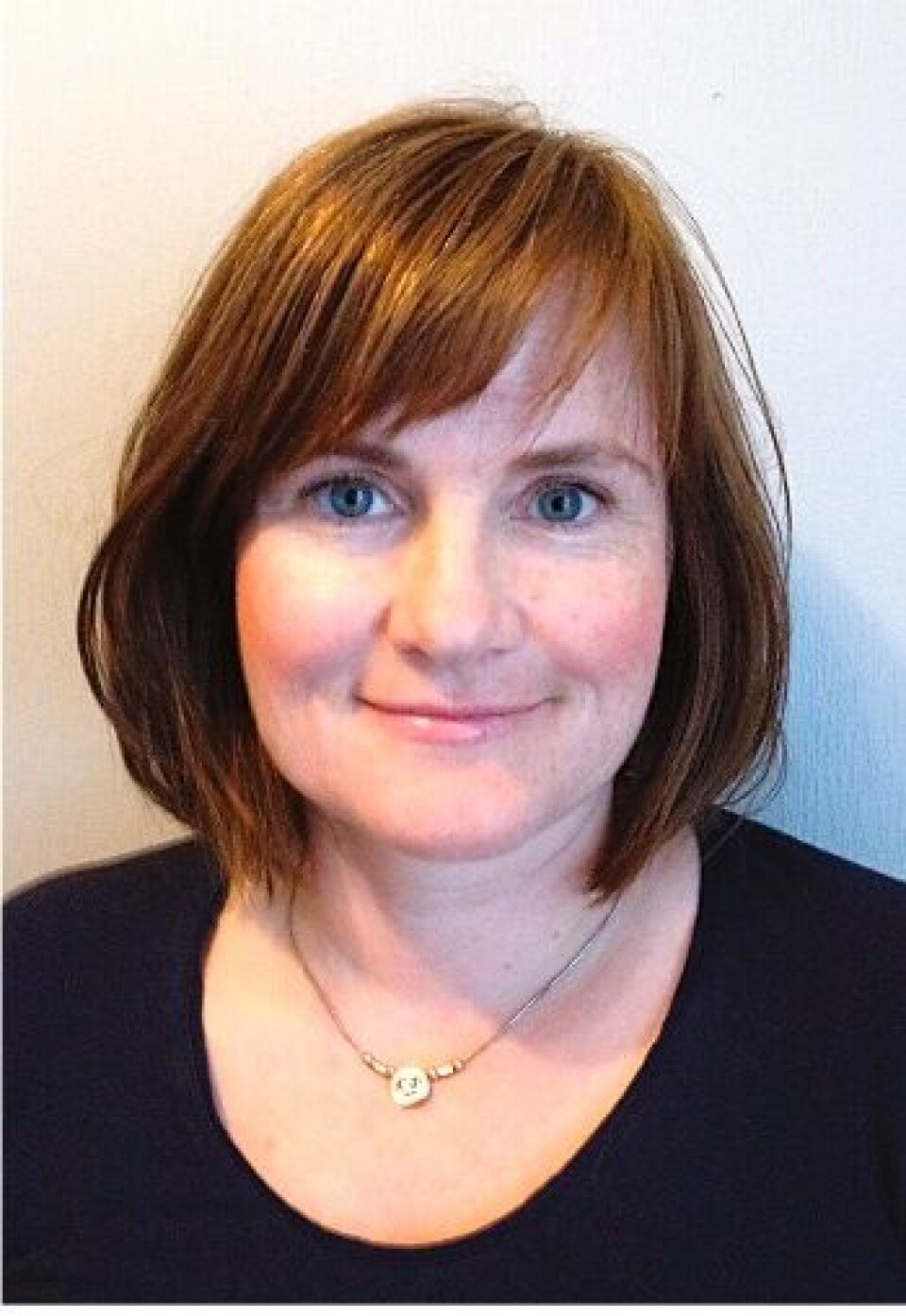
The debates concerning negative impacts of salmon farming are mainly focused on escapees and sea louse, while the role of transmissible diseases has received less attention. Heart and skeletal muscle inflammation (HMSI) and cardiomyopathy syndrome (CMS) are two common and commercially important heart diseases in farmed salmon. Piscine orthoreovirus (PRV), which is linked to development of HSMI, and piscine myocarditis virus (PMCV), that causes CMS, were both described in 2010. The objective of the doctoral work of Aase Helen Garseth was primarily to establish new knowledge about the occurrence and distribution of PRV and PMCV in wild Atlantic salmon. Secondarily the objective was to determine if PRV is transmitted between wild and farmed salmon. Determining whether wild fish are infected by farmed fish is crucial when studying the impact of aquaculture related infections. PRV was widely distributed and present in 13.4 % of the wild salmon investigated. PRV was also detected in sea trout, but not in anadromous Arctic charr. PMCV on the other hand, was only found in two of 797 wild salmon, both from the county of Sogn og Fjordane. An epidemiological model showed that river of origin had little significance (<10 %) for the PRV-infection status. The model also showed that escaped farmed salmon had higher odds for being PRV-infected than wild salmon, male salmon had higher odds than female salmon, and that spending more years at sea increased the odds of being infected. Symptoms of HSMI were not present in PRV-positive wild salmon despite the fact that some individuals were vigorously infected by virus. This is in accordance with the characteristics of HSMI and the origin of the tested material as fish with severe heart lesions will be less capable of ascending rivers were the sampling took place. An important finding was that the PRV isolated from farmed and wild salmon were closely related. This demonstrates that PRV is transmitted between wild and farmed salmon. The analysis also showed that viruses from wild salmon captured in rivers far apart (e.g. River Alta and Mandal) were closely related. This suggests that PRV has been transported over long distances. The thesis concludes that the aquaculture industry through its size, structure and infection status has the capacity to play a central role in the spread of pathogens over long distances and in the transmission of infection to wild populations. Furthermore it was concluded that despite extensive migration, wild salmon probably play a minor role in spreading pathogens as they are fewer in numbers, appear at lower densities and are less likely to be infected. Further research is needed to elucidate the consequences of these conclusions. However, a severe reduction of cardiovascular capacity caused by HSMI or CMS is not compatible with survival in wild salmon. Both diseases can therefore potentially contribute to the decline in wild populations. The doctoral work was carried out at the Norwegian Veterinary Institute in Trondheim and at NMBU - Norwegian School of Veterinary Science in Oslo and in close collaboration with NTNU University Museum, Department of Natural History in Trondheim. Åse Helen Garseth defended her doctoral thesis «Piscine orthoreovirus in wild Atlantic salmon - with special focus on wild-farmed interaction» at December 5th for the degree Ph.D at NMBU. Personalia: Åse Helen Garseth (1970) graduated from the Norwegian School of Veterinary Science in 1998 and has since 2007 been employed at the National Veterinary Institute in Trondheim. In January 2010, she was admitted as a PhD student at the Norwegian School of Veterinary Science.
Contact: Aase Helen Garseth Norwegian Veterinary Institute Section for Environmental and Biosecurity Measures Email: ase-helen.garseth@vetinst.no Web: http://www.vetinst.no/




















